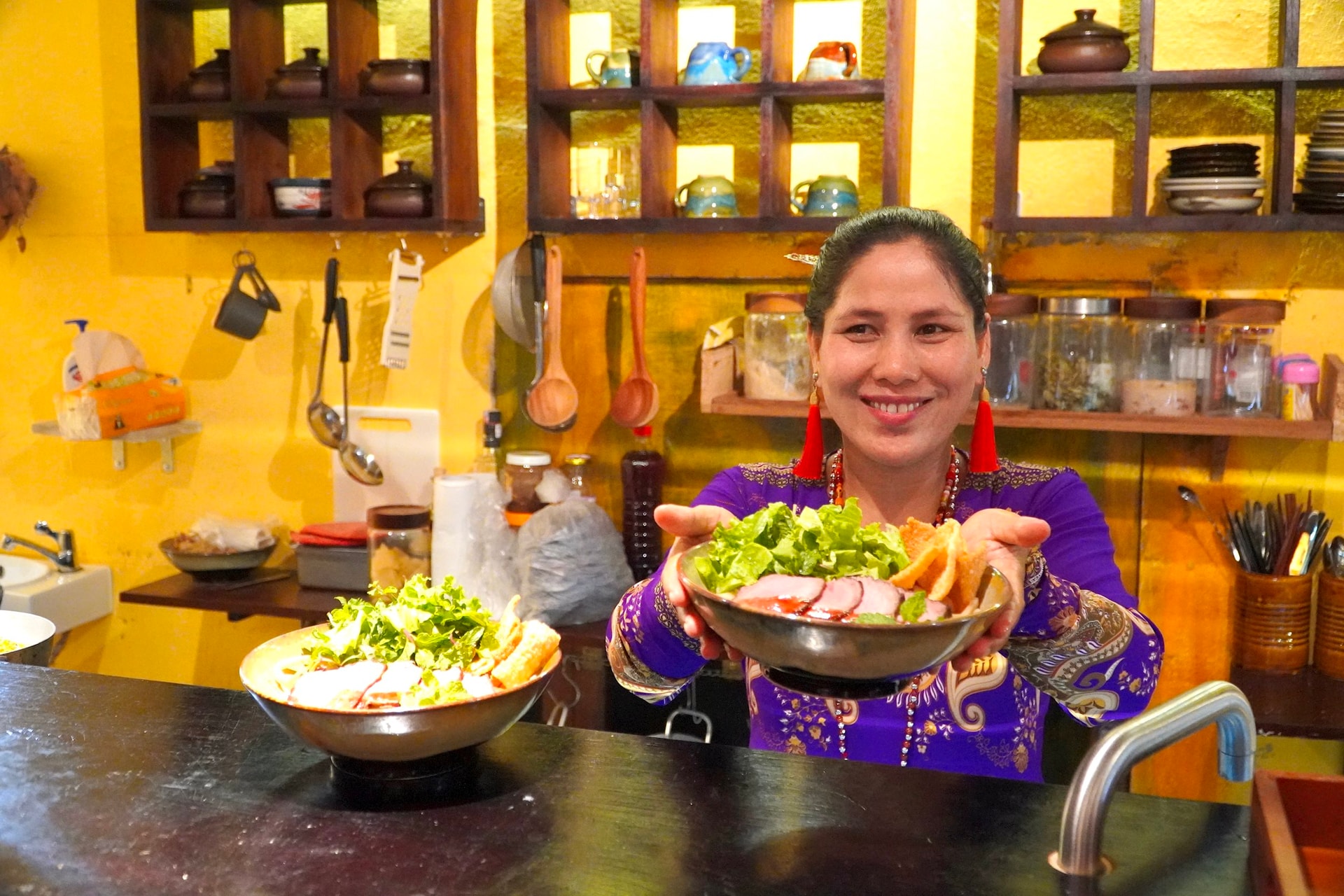
“Eat to remember”
In the middle of a quiet alley behind the Japanese Covered Bridge, Karichampa (Nguyen Thi Minh Khai Street, Hoi An) appears rustic with the unique style of Champa culinary culture space.
Welcoming guests with a bright smile, Kieu Maily humorously said that when coming here, everyone should temporarily put aside what they know about curry and cao lau, to empty their hearts and be ready for new, unique experiences from Karichampa's flavors.
Karichampa features three main dishes: Champa kari, Hoi An noodles, and sweet potato salad. Each dish is a story, a creation based on tradition. Kari, pronounced Cham, is Vietnamese curry, one of the culinary symbols of the ancient Cham people.
Different from Indian, Thai or Vietnamese curry, Cham curry is collected and restored by Kieu Maily from the family kitchen of the Cham community in An Giang with full recipes in the book "Unique Cham cuisine" of which she is the author.
Cham curry has a soft orange-yellow color, with many layers of rich flavor from curry leaves, garlic, onions, and dozens of other herbs and spices. Customers can choose beef or goat, served with compressed rice and sweet potatoes. All are delicately presented in a heated earthenware pot with a lid, on ceramic plates with Cham-patterned glaze. These items are individually custom-made by a Thanh Ha ceramic artisan.
Meanwhile, the Hoi An noodles dish on the menu arouses a bit of curiosity for everyone. The most noticeable difference of the dish is that Cao Lau is made with beef instead of pork. The reason for naming the dish My Hoi An, according to Kieu Maily, is because Cao Lau is a traditional noodle of Hoi An, different from Quang noodles. The first introduction of Hoi An noodles seems to add a new breeze to Cao Lau which seems to be heavily marked by time. A creation that brings richness to Hoi An cuisine, not unfamiliar but comes from Hoi An's long tradition of cultural assimilation.
“At Karichampa, we do not use industrial spices but instead use local raw materials so that the dishes retain their natural and healthy flavors. There are few dishes, with fresh ingredients selected from Hoi An and Phan Rang,” Kieu Maily confided.
Highlights of Cham culture
Born into a Cham family in Ninh Thuan , Kieu Maily grew up listening to her mother's folk songs, the dances of her grandmothers in religious ceremonies, and the unforgettable taste of Tapei nung (Tet cake), Tapei dalik (It cake), and fish sauce.

Choosing to live permanently in Hoi An - a land of cultural exchange - is a chance that stimulates Kieu Maily to find the quintessence of the original cuisine. She is the only person in Vietnam to have the title of "Cham culinary culture artisan" from the Vietnam Craft Village Association. Karichampa is the result of a journey to find and restore ancient Cham culinary recipes and improve typical Cham dishes according to modern criteria, techniques and more sophisticated arrangements to suit today's diners.
Not only wanting to sell food, Kieu Maily also wants to convey beautiful stories associated with her roots. Each dish of curry or each type of cake is a slice of culture, a memory seasoned with love for her homeland.
“Karichampa hopes that diners coming here will not only satisfy their taste buds, but also get lost in a journey of memories and identity of a brilliant ancient culture whose shadow still lingers here,” Kieu Maily confided.
Now, tourists who love Cham culture to Quang will not only admire the artifacts at the Da Nang Museum of Cham Sculpture or the moss-covered relics in Quang. Karichampa makes people feel more deeply this unique culture.
The dishes on the menu are just a part of the soul of Champa cuisine in Hoi An. According to the needs of diners, Karichampa space also has many typical and unique Cham menus. These are legendary Cham dishes such as rilo pabe kho hala min (braised goat), ia munut pabe (goat broth), ia habai tapung (cornstarch vegetable soup), liithei drau (mixed rice), banh can banh xeo (crispy pancake)... These dishes have all been brought to perform in Japan, Italy, Germany.
An advantage is that there is also a rich menu of Cham ethnic vegetarian dishes. Therefore, Karichampa is an ideal choice for vegetarian or Muslim tourists - this is a plus point to welcome the Halal market that is gradually developing in the Central region.
Source: https://baoquangnam.vn/an-de-nho-o-karichampa-3157840.html



![[Photo] Prime Minister Pham Minh Chinh meets with representatives of outstanding teachers](https://vphoto.vietnam.vn/thumb/1200x675/vietnam/resource/IMAGE/2025/11/15/1763215934276_dsc-0578-jpg.webp)



![[Photo] General Secretary To Lam receives Vice President of Luxshare-ICT Group (China)](https://vphoto.vietnam.vn/thumb/1200x675/vietnam/resource/IMAGE/2025/11/15/1763211137119_a1-bnd-7809-8939-jpg.webp)




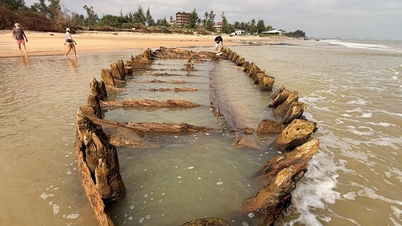
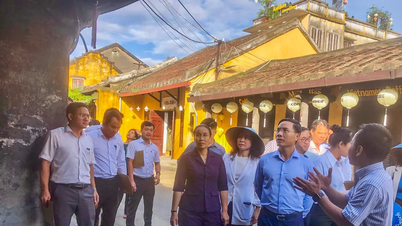



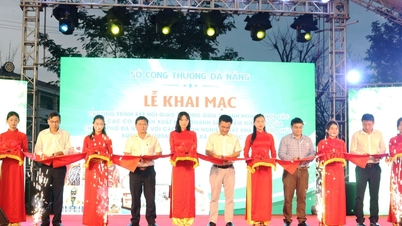
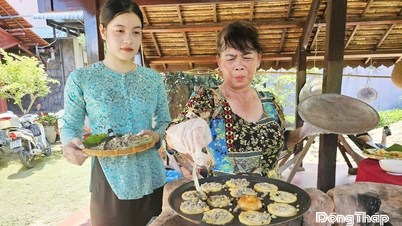



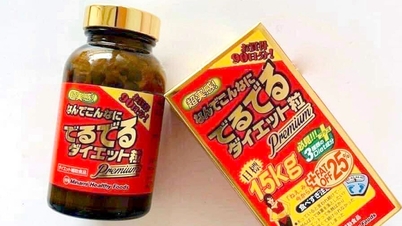



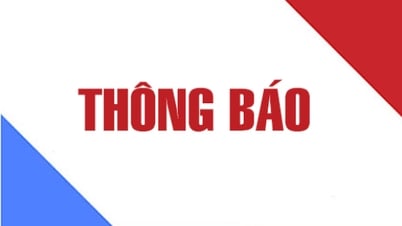






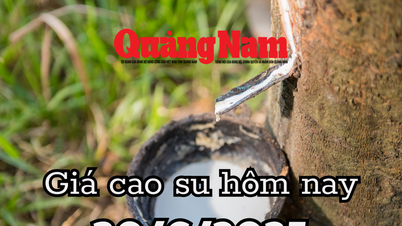

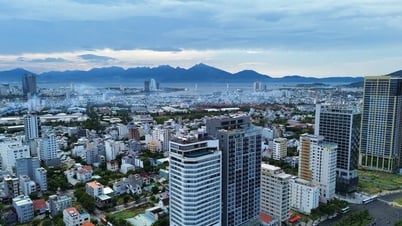
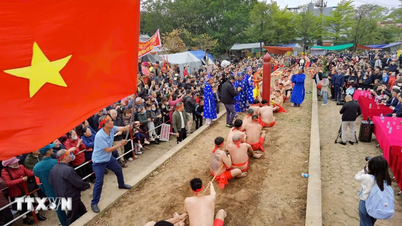

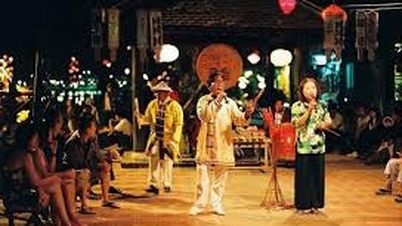



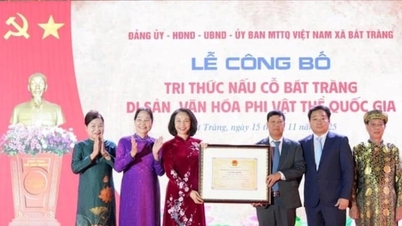


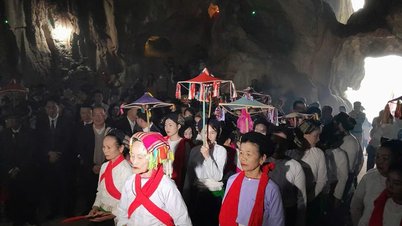


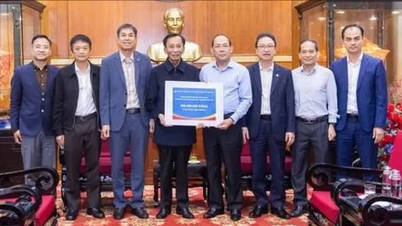
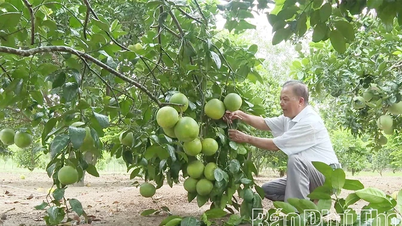


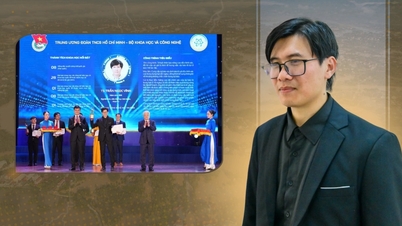











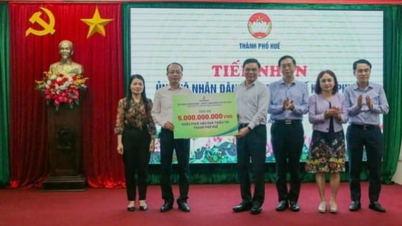

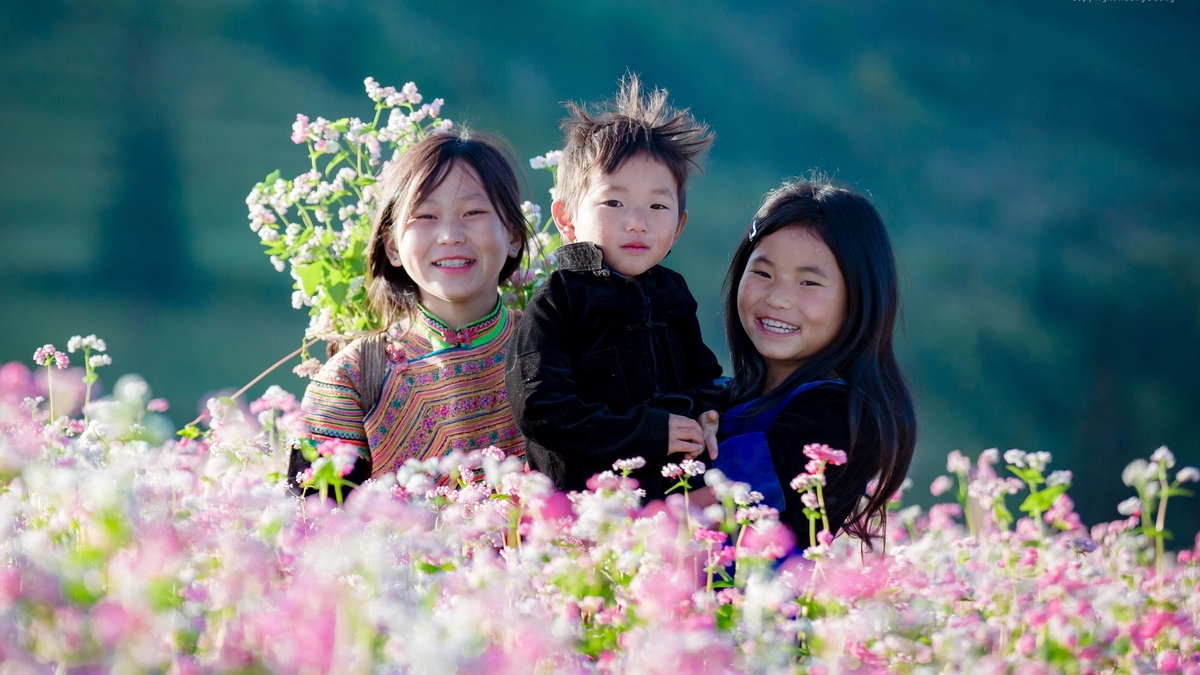


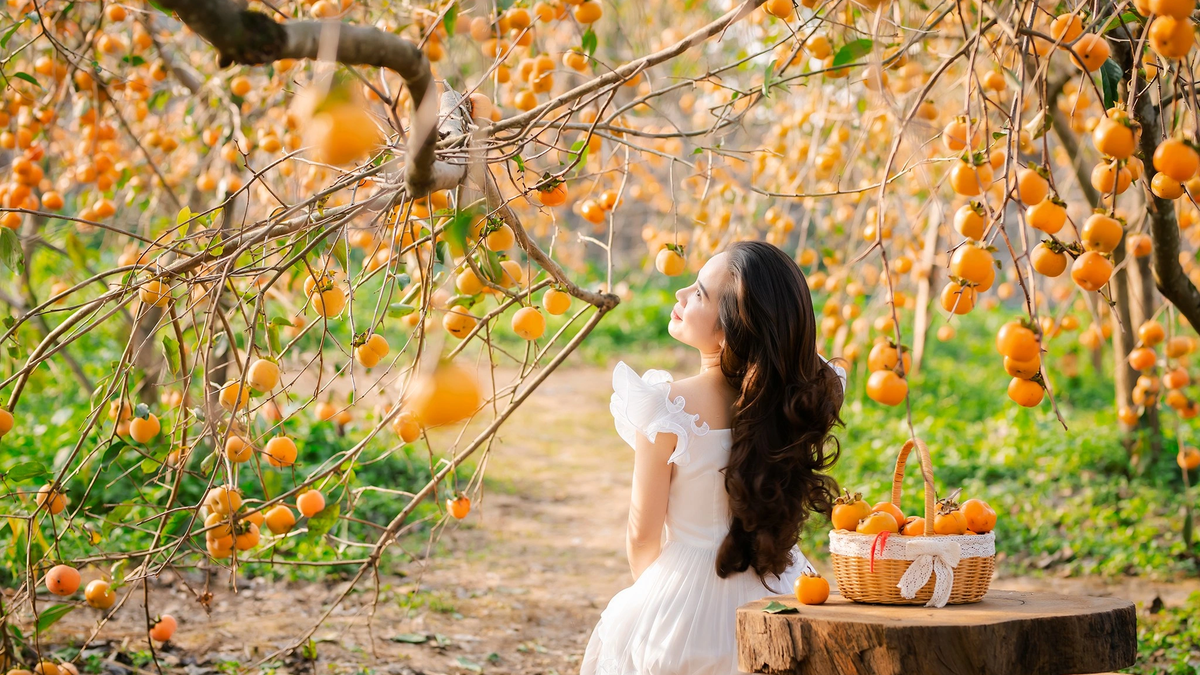
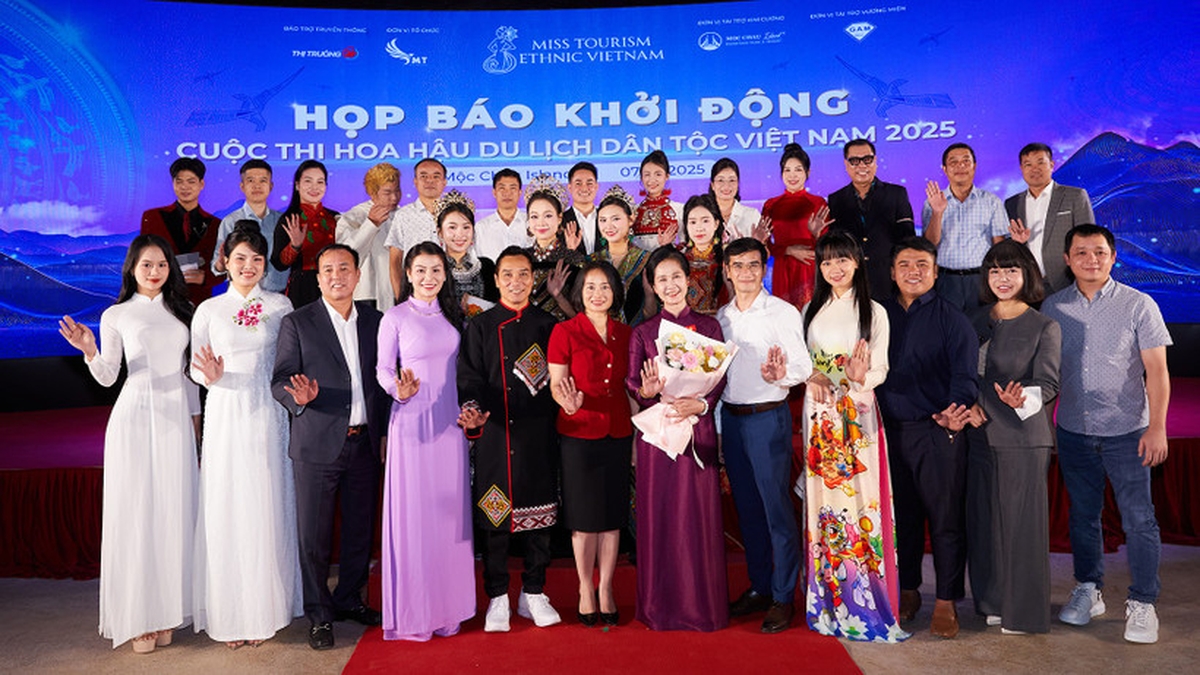















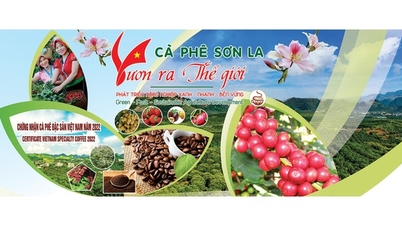
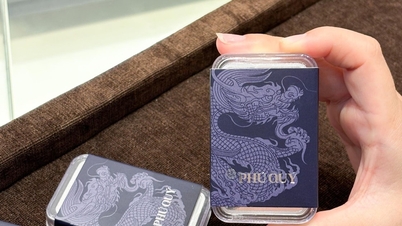



















Comment (0)